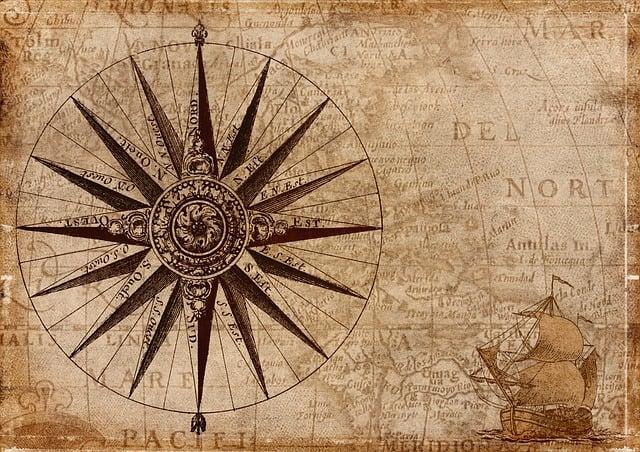Pakistan’s Political History: From Independence to Present
Pakistan’s political history is a captivating narrative filled with challenges, triumphs, and transformation. From its inception in 1947 to its current political landscape, understanding this journey is essential for anyone interested in South Asian dynamics. In this article, we explore the key political milestones that have shaped Pakistan today.
From Independence to Early Challenges (1947-1958)
Upon its creation on August 14, 1947, Pakistan emerged as a separate nation for Muslims in the Indian subcontinent. The founding father, Muhammad Ali Jinnah, envisioned a democratic state. However, the nascent state faced immense challenges, including:
- Partition-related violence and mass migrations
- Economic instability and refugee crises
- Constitution drafting issues
By 1956, Pakistan finally adopted its first constitution, declaring itself an Islamic republic. However, political instability continued, leading to the first military coup in 1958 under General Ayub Khan.
The Ayub Era and Political Developments (1958-1971)
General Ayub Khan’s regime (1958-1969) brought significant modernization and economic growth. However, his authoritarian rule and failure to address regional disparities, notably in East Pakistan, sowed seeds of discontent.
In 1971, following a brutal civil war and intervention from India, East Pakistan became the independent nation of Bangladesh. This loss was a pivotal moment in Pakistani politics, leading to:
- Policy re-evaluation and military introspection
- Increased ethnic nationalism and demands for provincial autonomy
The Zulfikar Ali Bhutto Era (1971-1977)
Post-Bangladesh independence, Zulfikar Ali Bhutto became a prominent political figure, launching a campaign for socialism and nationalization of key industries. Bhutto’s government introduced several reforms aimed at alleviating poverty, though it faced criticism for authoritarian practices.
Key Features of Bhutto’s Government:
- Enactment of the 1973 Constitution, which restored democracy
- Instituting women’s rights and labor laws
- Nationalization efforts, which faced economic backlash
Military Rule and the Return to Democracy (1977-2008)
In 1977, General Muhammad Zia-ul-Haq staged a coup, leading to another military regime that lasted for 11 years. Zia’s era was marked by the Islamization of laws and an aggressive political repression framework. His death in a plane crash in 1988 paved the way for a return to democracy.
| Period | Key Figure | Major Event |
|---|---|---|
| 1971 | Zulfikar Ali Bhutto | Creation of Bangladesh |
| 1977 | General Zia-ul-Haq | Military Coup |
| 1988 | Benazir Bhutto | Return to Democracy |
The Era of Instability (2008-Present)
Since 2008, Pakistan has seen a tumultuous political scene, with leaders from both the Pakistan Peoples Party (PPP) and Pakistan Muslim League-Nawaz (PML-N) coming to power amidst controversies and governance issues. The rise of Imran Khan and his party, Pakistan Tehreek-e-Insaf (PTI), has added another layer to this narrative:
- Imran Khan’s slogan of “Naya Pakistan” resonated with youth and anticipated reforms.
- Political instability, economic struggles, and discontent have persisted openly in social media.
Current Political Landscape and Challenges
Today, Pakistan grapples with numerous challenges, including:
- Political polarization and regional discontent
- Economic instability and devastating energy crises
- Security challenges stemming from terrorism and internal unrest
Benefits of Understanding Pakistan’s Political History
Gaining insights into Pakistan’s complicated history offers numerous benefits:
- Contextual Understanding: Helps grasp current events and public sentiments.
- Strategic Insights: Today’s political dynamics can inform future strategies in governance and diplomacy.
- Enhanced Discussions: Encourages informed conversations about Pakistan’s future direction.
Conclusion
Pakistan’s political history is a mirror reflecting the complexities of its formation, identity, and aspirations. From the struggles in its early years to today’s multifaceted political environment, understanding this journey is crucial for anyone looking to comprehend the challenges and potential of this vibrant nation. With a history rich in lessons, Pakistan stands at a crossroad, aiming for a brighter future amidst the trials of its past.



